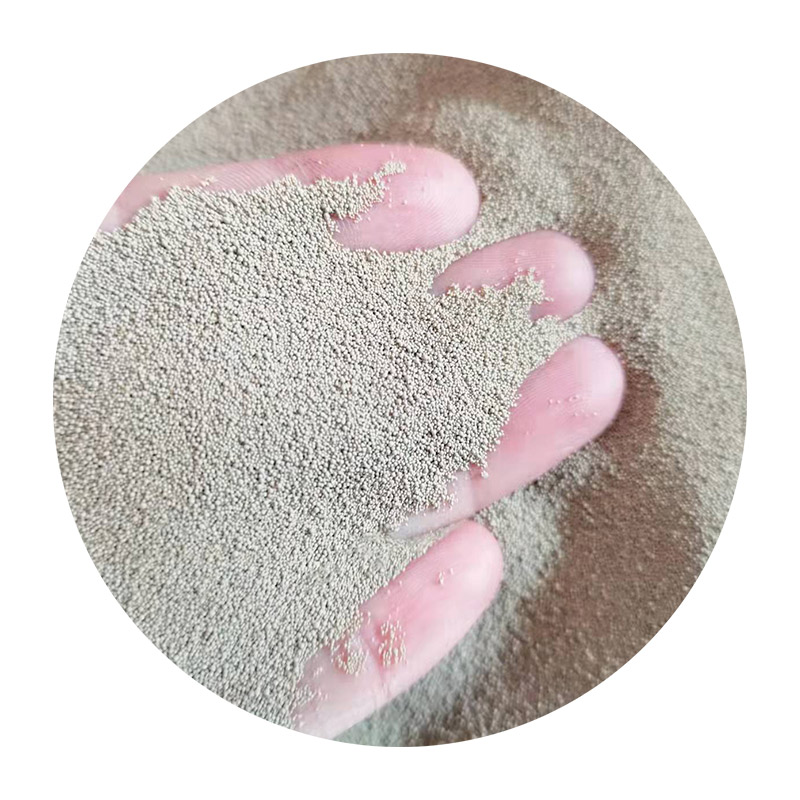3D Printing Sanding Tools Revolutionizing Surface Finishing
In recent years, the advent of 3D printing technology has transformed various industries, leading to innovative solutions that were previously unimaginable. One of the most intriguing applications of 3D printing is the creation of sanding tools. Sanding is an essential process in manufacturing and craftsmanship that enhances the surface quality of materials, from wood to plastic and metal. Traditional sanding methods can be time-consuming and labor-intensive, but with 3D-printed sanding tools, efficiency and precision reach new heights.
3D Printing Sanding Tools Revolutionizing Surface Finishing
One remarkable aspect of 3D-printed sanding tools is their customization capability. Craftsmen can modify designs according to individual project requirements, scaling up or down depending on the size of the item being worked on. This flexibility not only saves time but also minimizes waste. Traditional manufacturing methods often produce standard-sized tools that may not suit every application, leaving artisans to compromise. In contrast, 3D printing empowers users to create exactly what they require, ensuring precision sanding without unnecessary effort or expense.
sanding tool 3d print

Another significant advantage of 3D-printed sanding tools is the ability to experiment with materials. Standard sanding tools are typically made from metal or plastic, but 3D printing opens doors to a wide array of filament options, including composite materials that can enhance performance. For example, incorporating abrasive materials into the 3D printing filament can create sanding tools that are already outfitted with grit, reducing the need for additional sanding media. This innovation not only simplifies the sanding process but also improves the effectiveness of the tool, resulting in better surface finishes.
Sustainability is another crucial consideration in today’s manufacturing landscape. The ability to produce sanding tools locally with a 3D printer significantly cuts down on the carbon footprint associated with transporting tools from manufacturers to users. Furthermore, as 3D printing technology advances, it is increasingly possible to use recycled materials in the printing process, contributing to a circular economy. This shift towards sustainable practices is becoming essential as industries face the challenge of reducing waste and environmental impact.
However, as with any technology, there are challenges. The quality of 3D-printed sanding tools heavily relies on the quality of the 3D printer and the materials used. While certain printers and filaments can deliver professional-level finishes, others may not hold up as well under rigorous use. Therefore, it’s crucial for users to assess their equipment and materials to achieve the best results.
In conclusion, 3D printing sanding tools represents a significant advancement in the realm of surface finishing. Through customization, material versatility, and sustainability, these tools can enhance both the efficiency and effectiveness of sanding processes across various applications. As 3D printing technology continues to evolve, we can expect even more innovative tools to emerge, revolutionizing how artisans and manufacturers approach their craft.
Post time:okt . 31, 2024 13:04
Next:Techniques for Smoothing and Finishing 3D Printed Items for Best Results
